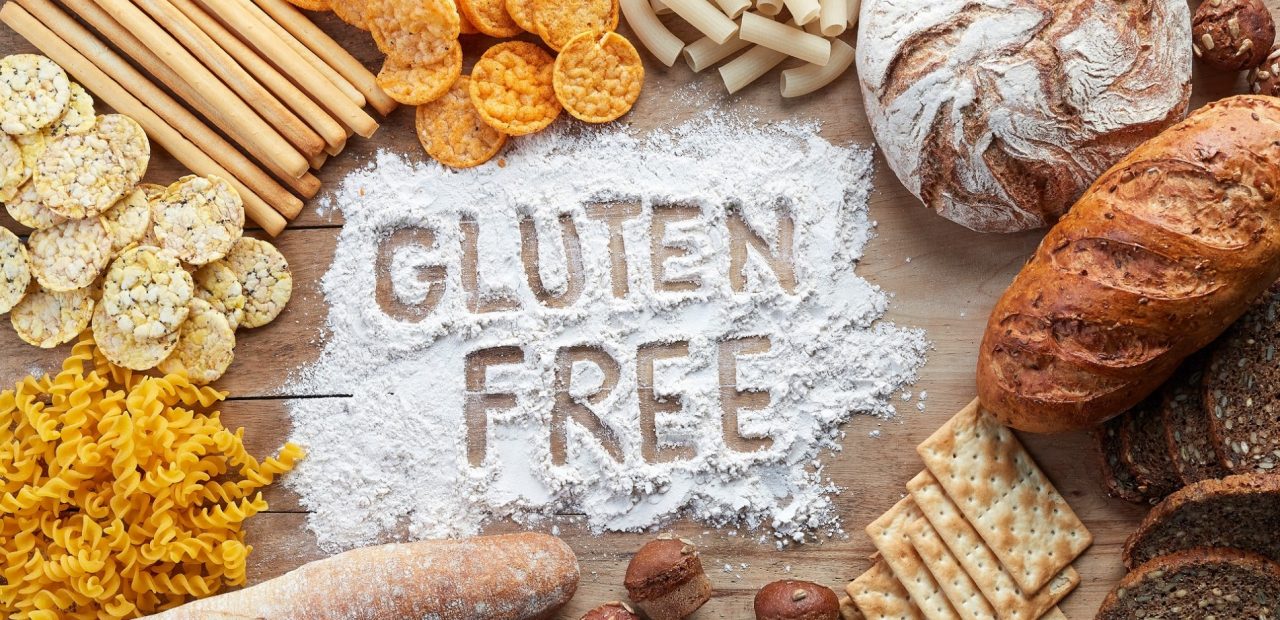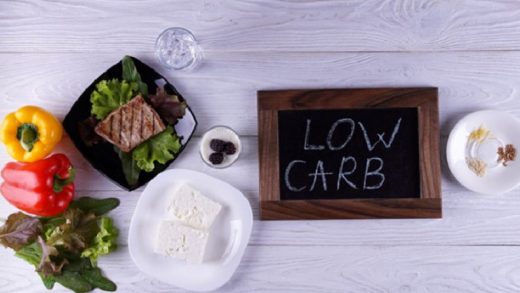Baking 101: The Complete Guide to Gluten Free Flours
In recent years, the gluten-free diet has become very popular. As more and more people are becoming aware of their health and the food they consume, it is no wonder that wanting to cut down on gluten is starting to become as common as wanting to lose weight or eat better. But be careful! With the huge popularity comes a lot of confusing information about gluten-free flour. Each flour has its own qualities and it’s important to know how each one works in order to help you create your best-baked goods.
Contents
So What Exactly is Gluten, Anyway?
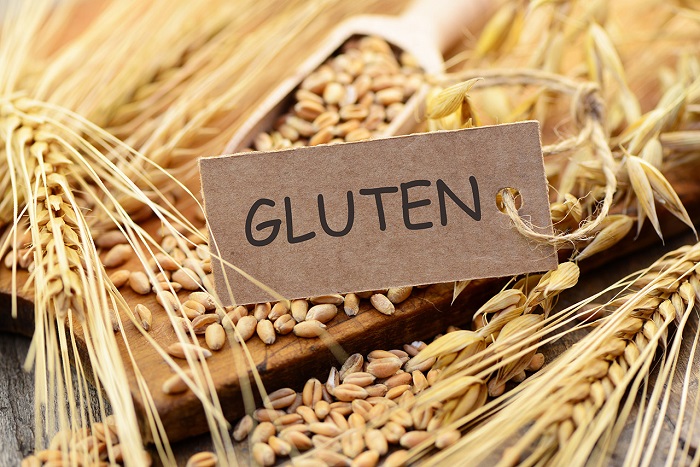
To understand the different types of gluten-free flours, you first need to know a little bit about what gluten is and why it’s such a big deal. Gluten is a protein that’s found in all types of wheat, barley, rye and spelt. When flour made from these grains is mixed with water, the gluten proteins form long chains that can stretch like elastic. This is how dough gains its elasticity and strength, which quality bakers call “toughness.”
Gluten is an important part of making the elastic dough used for bread and similar baked goods. But gluten is also a problem for people with celiac disease, who are unable to tolerate gluten because their bodies interpret it as a toxin. When ingested, gluten can cause inflammation in the digestive tract and prevent nutrients from being absorbed into the body.
For people with celiac disease or other forms of gluten intolerance, consuming gluten can lead to serious health problems. For people who don’t have celiac disease, or gluten intolerance, avoiding glutinous flours and baked goods by substituting them with buckwheat flour bread, or any of the healthy gluten-free options, may seem like an unnecessary hassle or fad dieting trend. However, there are plenty of reasons to consider reducing your intake of wheat and other glutinous flours, even if you aren’t allergic to them!
Buckwheat Can Help Keep Your Blood Sugar Stable
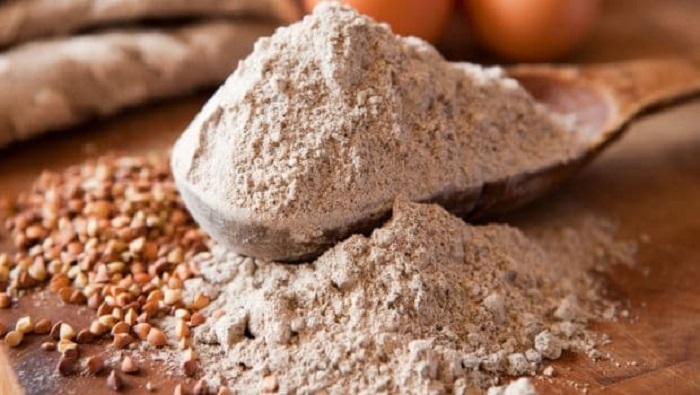
The nutritional benefits of buckwheat make it one of the best gluten-free flours for you to try. It is rich in nutrients, like fibre and protein, contains antioxidants that keep your heart healthy, and can help keep your blood sugar stable, unlike other gluten-free alternatives.
Buckwheat is actually a seed, not a grain, which means it is naturally gluten-free. One cup of organic buckwheat flour bread contains about five grams of protein and six grams of fibre, which helps to reduce cholesterol and keep your heart healthy.
You may be surprised by the name buckwheat since you may have known it more as a grain. However, in actuality, it is not a true wheat at all. Buckwheat is a type of plant related to rhubarb. It has been cultivated as early as 6000 BC. This seed has been used for centuries in different cultures to make bread and porridge. Today, buckwheat is mostly grown in Russia and France.
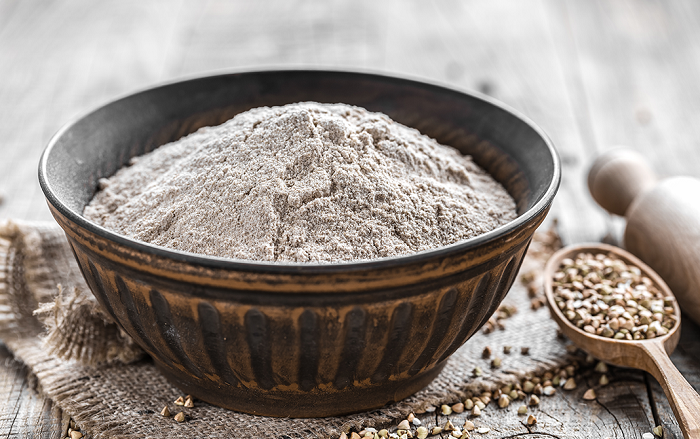
What gives buckwheat its nutty flavour are compounds called rutin and quercetin. Rutin is an antioxidant that increases the natural supply of vitamin C and E in your body. These antioxidants help fight off free radicals which are unstable molecules that can cause damage. The quercetin compound helps prevent blood clots, reduces swelling, and acts as an antihistamine to fight allergies.
Buckwheat flour should be stored in a cool, dry place in an airtight container. If your kitchen tends to get warm during the day, you may want to store it in the refrigerator. When making buckwheat flour bread, you’ll want to start by substituting less than 10 percent of your total flour with buckwheat and increasing from there until you get the amount of flavour you’re looking for.
It has a strong flavour that can easily overpower more delicate flavours. For example, if you’re using one cup of flour in your recipe, swap one tablespoon of that with buckwheat. If you’re looking for a stronger flavour from the buckwheat, add more.
Almond Flour is a Really Good Source of Protein
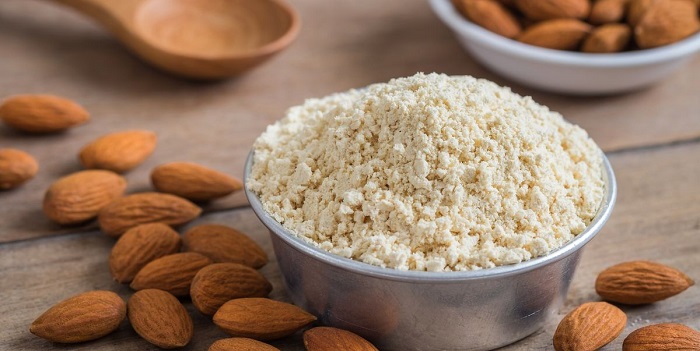
Almond flour is an amazing, easy-to-use gluten-free flour that you can add in many different recipes. One of the main benefits of almond flour is its high protein content, which is extremely beneficial for those on a gluten-free diet.
Almond flour contains eight grams of protein per 1/4 cup serving. This means it contains more protein than most other nut flours and a comparable amount to wheat flour. Protein is an important macronutrient for good health and is also helpful for keeping you full longer between meals.
Another great advantage of almond flour is its low carbohydrate content. It has only two grams of digestible carbohydrates per serving, which makes it a suitable flour to use in ketogenic and low carb diets. Additionally, its carb content comes primarily from fibre, which means it won’t spike blood sugar levels as much as other gluten-free flours (such as rice or corn flour).
Coconut Flour is Full of Iron
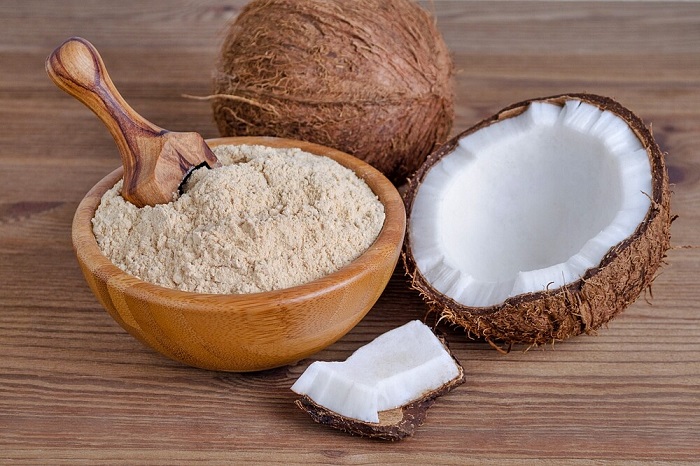
Coconut flour is a healthy alternative to most starches and flours. Made from the finely ground flesh of fresh coconuts, coconut flour has a mild sweetness and can be used in both sweet and savoury recipes. It contains low carbohydrate levels, high fibre levels, and is gluten-free.
Coconut flour is rich in dietary fibre which helps slow down the digestion process, making you feel full longer. It also improves bowel health and lowers cholesterol. Having in mind it’s gluten-free, it’s a good option for people with celiac disease, or those looking to avoid gluten-containing foods.
Whole-grain Brown Rice Flour is High in Fibre
Cup for cup, brown rice flour has more fibre and protein than most grain flour. It also has a sweet, nutty flavour and light texture that works well in almost any baked good. It is best to combine brown rice flour with other gluten-free flours or starches to create a mix that will bake with the texture you are looking for. It can also be used in place of wheat flour in most recipes if you want to make them gluten-free.
To Sum Up
Gluten-free flours have a lot of positive qualities that can make creating your favourite baked goods a little easier. Whether you are sensitive to gluten, or just trying to eat healthier, gluten-free baking is definitely worth the extra effort. With the right combinations, it can lead to some excellent desserts and treats!

